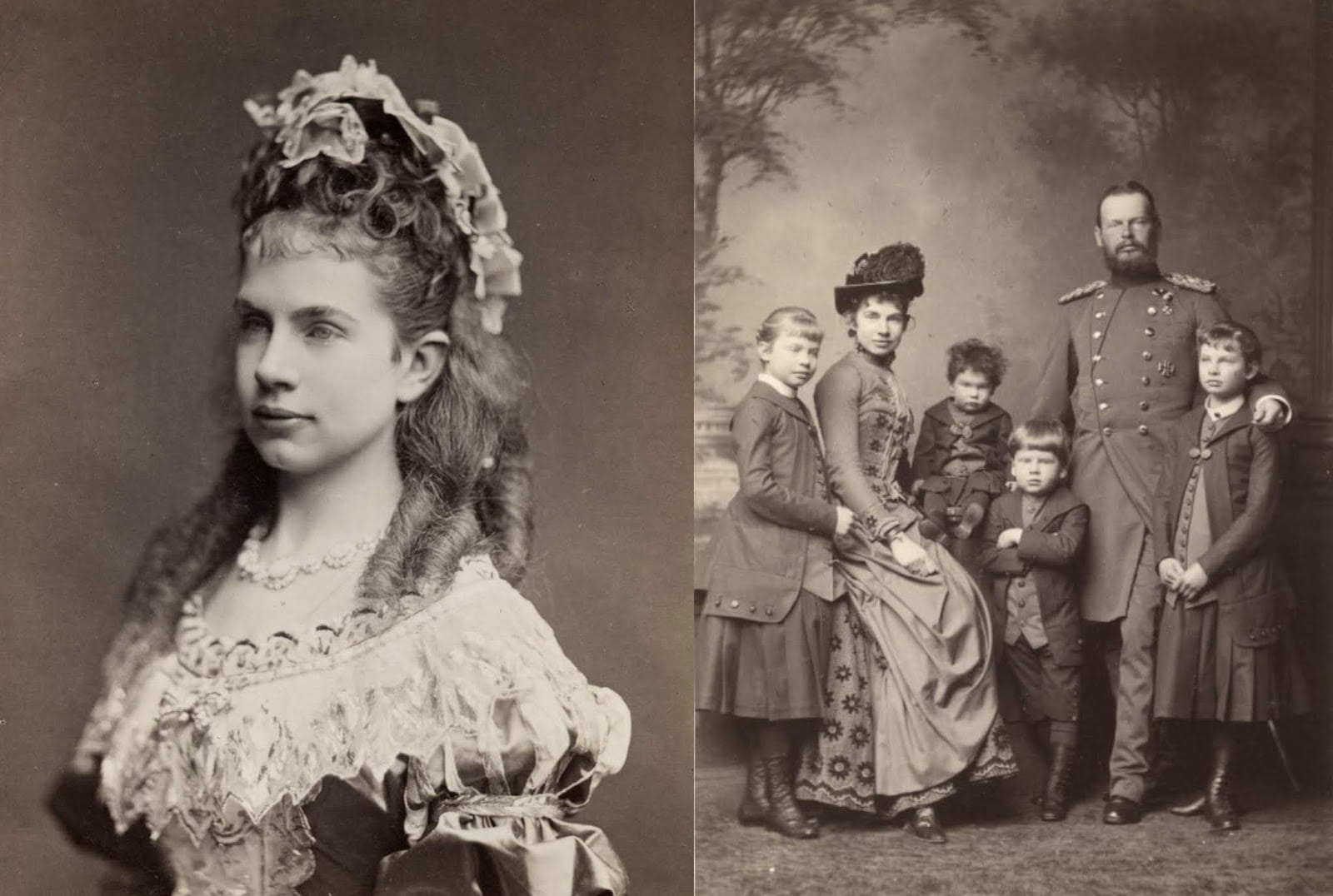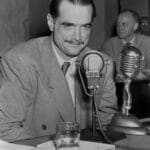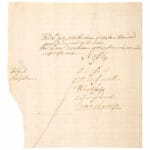Unraveling the Life of Archduchess Gisela Habsburg:
Step into the world of Archduchess Gisela of Austria, a Habsburg princess whose life was anything but a fairy tale. Born in 1856 to Emperor Franz Joseph I and the iconic Empress Elisabeth (“Sisi”), Gisela’s story intertwines the opulence of royalty with the complexities of a life lived within the confines of tradition and duty.
A Royal Upbringing and a Bond Beyond Duty
Imagine growing up in the heart of the Habsburg dynasty, one of the most powerful families in the world. This was Gisela’s reality. Despite the strict protocols and expectations that came with her title, historical accounts suggest a loving bond blossomed between Gisela and her father, who affectionately called her his “darling girl.” This close relationship hints at a tenderness that existed behind the often stoic facade of the Habsburg family.
Like many young women of her era and social standing, Gisela’s marriage was a matter of political strategy. In 1873, she wed Prince Leopold of Bavaria, a union orchestrated to solidify the bond between Austria and Bavaria. This practice, while seemingly archaic today, was commonplace for securing power and stability in those times. Interestingly, despite their arranged beginnings, Gisela and Leopold’s marriage appears to have blossomed into a genuine partnership, blessed with four children. This success, achieved amidst the pressures of royal duty, offers a glimpse into Gisela’s character – perhaps she possessed a quiet strength and a talent for finding contentment even within the confines of her circumstances.
A Heart for the Arts and a Legacy of Compassion
Beyond her royal obligations, Gisela’s personality, it seems, was rich with depth and talent. Unlike the stereotypical image of a reserved royal, she possessed a passion for the arts, particularly painting. This inclination suggests a soul yearning for creative expression, a desire to leave her own unique mark on the world. But Gisela’s compassion extended beyond the canvas. She dedicated herself to philanthropic work, championing those less fortunate and earning her the endearing nickname, “A Good Angel” from the Viennese people. These acts of charity paint a picture of a woman deeply moved by the plight of others, a testament to her empathy and desire to make a tangible difference.
Tragically, Gisela’s life was also touched by sorrow. The suicide of her brother, Crown Prince Rudolf, in 1889, likely cast a shadow over her life, reminding us that even within palaces, heartbreak and loss are universal human experiences.
Witness to an Empire’s Fall and a Life Remembered
As an Archduchess, Gisela was undeniably a public figure. She dutifully attended state functions, represented the Habsburg dynasty, and witnessed the seismic shift of the Habsburg Empire’s fall—an experience that undoubtedly left a lasting impact. After her husband’s death in 1930, Gisela chose a quieter life, passing away in Munich in 1932.
Gisela’s story is a reminder that behind every grand title is a complex individual navigating the unique challenges and triumphs of their era. While history often remembers figures like Gisela for their lineage, her life encourages us to look beyond the opulent facade of royalty and recognize the multifaceted individuals who shaped our world. Her artistic pursuits, her compassion, and her resilience in the face of personal tragedy paint a picture of a woman whose life was both extraordinary and deeply relatable.
Key Points:
- Archduchess Gisela of Austria was born into the powerful Habsburg family in 1856.
- Despite her upbringing in a strict and formal environment, she shared a close bond with her father, Emperor Franz Joseph I.
- Gisela’s arranged marriage to Prince Leopold of Bavaria blossomed into a loving partnership.
- She was an accomplished artist and dedicated herself to philanthropic work.
- Gisela’s life was marked by tragedy with the suicide of her brother, Crown Prince Rudolf.
- She remained a public figure and witnessed the fall of the Habsburg Empire.
- After her husband’s death, she retired from the public eye and lived a quieter life until her passing in 1932.
- Gisela’s life highlights the complex and multifaceted lives of individuals within royal families.
- Her artistic pursuits, compassion, and resilience challenge traditional perceptions of royalty.
What happened to Gisela Habsburg? – archduchess gisela of austria
Beyond Duty: The Enduring Compassion of Archduchess Gisela Habsburg
Gisela, as we’ve explored, was not content with a life confined to palaces and balls. She sought purpose beyond her royal obligations and poured her heart into improving the lives of those less fortunate. This dedication to social causes, particularly her work with the poor, blind, and deaf, earned her the moniker “A Good Angel” amongst the Viennese people—a testament to the impact of her compassion.
The year 1889 brought a devastating blow to Gisela’s life with the suicide of her beloved brother, Crown Prince Rudolf. The depth of her grief can only be imagined, but through it, she found strength and channeled her sorrow into her charitable endeavors, perhaps finding solace in aiding others who also experienced hardship.
Even after the loss of her husband, Prince Leopold, in 1930, Gisela continued her charitable work, demonstrating her unwavering commitment to helping others. While her life ended in Munich in 1932, her legacy, defined by compassion and a dedication to easing the burdens of others, continues to resonate.
It’s important to acknowledge that our understanding of historical figures is always evolving. While we have a framework of Gisela’s life, there might be nuances to her personality, her thoughts, and her experiences that haven’t been fully grasped from existing historical records. It’s intriguing to ponder the inner world of these historical figures – their dreams, their struggles, their hopes. And who knows what captivating details future historical research might uncover, adding even more depth to Gisela’s story?
What happened to archduchess of Austria? – archduchess gisela of austria
Beyond the Tiara: The Life and Legacy of Archduchess Gisela of Austria
Archduchess Gisela’s life was not a fairy tale; it was a tapestry woven with privilege, duty, love, and loss. Raised in a palace with the weight of the Habsburg legacy upon her shoulders, she could have easily succumbed to a life of mere appearances. Instead, she chose to use her position to make a difference.
Gisela’s marriage to Prince Leopold of Bavaria, though orchestrated for political alliances, seems to have blossomed into a loving partnership, defying the often-cited coldness of arranged unions. This union, blessed with four children, suggests that Gisela found personal happiness within the confines of her royal duty.
What truly set Gisela apart was her empathy. Driven by a deep compassion for the less fortunate, she dedicated herself to various philanthropic causes. She wasn’t content with simply lending her name to charities; Gisela actively participated in improving the lives of those less fortunate. Her work with the poor, blind, and deaf in Vienna earned her the affectionate nickname “A Good Angel,” highlighting the genuine impact she had on the lives she touched.
It’s also crucial to remember that Gisela’s life was not without its share of sorrow. The tragic suicide of her brother, Crown Prince Rudolf, in 1889 left an undeniable scar. This event likely shaped her worldview and deepened her commitment to alleviating suffering.
Even after the death of her husband in 1930, Gisela continued her charitable work, proving that her dedication to helping others transcended personal loss and societal expectations. Although she passed away in 1932, her legacy of compassion continues to inspire.
Archduchess Gisela of Austria may not be as well-known as her mother, Empress Elisabeth, but her life offers a valuable lesson: true fulfillment lies not in titles or lineage, but in using one’s position to make a positive impact on the world.
Who was the real Empress Elisabeth of Austria? – archduchess gisela of austria
Beyond the Myth: Empress Elisabeth of Austria, a Life Unveiled
Empress Elisabeth of Austria, affectionately known as “Sisi,” is often remembered for her legendary beauty and her tragic assassination. But to reduce her to these aspects is to miss the complexities of a woman who navigated the stifling world of the Habsburg court while yearning for personal freedom and purpose.
Born into the more relaxed environment of the Bavarian aristocracy in 1837, Elisabeth’s transition to the strict formalism of the Habsburg court after her marriage to Emperor Franz Joseph I at age sixteen proved a difficult adjustment. Court life, with its rigid protocols and expectations, chafed against Elisabeth’s independent spirit.
While her captivating beauty made her a subject of fascination, it also became a gilded cage, further limiting her ability to define herself beyond appearances. She sought solace in travel, poetry, and a rigorous fitness regimen—activities that allowed her a sense of autonomy in a world determined to control her.
Beyond her personal struggles, Elisabeth possessed a sharp intellect and a strong will. Her love for Hungary and its people led her to become a pivotal figure in the formation of the Austro-Hungarian Compromise of 1867. This act, establishing a dual monarchy, showcased Elisabeth’s political influence and her ability to effect change on a grand scale.
However, tragedy would forever mark Elisabeth’s life. The murder-suicide of her son, Crown Prince Rudolf, in 1889, devastated her, leading to a period of intense mourning and further withdrawal from public life.
While her life was cut tragically short by an assassin’s hand in 1898, Empress Elisabeth of Austria left an enduring legacy. Her story continues to fascinate, reminding us that behind the façade of royalty, there lived a complex woman who challenged expectations, sought personal fulfillment, and left an undeniable mark on history.
Who was the empress consort of Austria? – archduchess gisela of austria
Empress Elisabeth of Austria: Beyond Tragedy, a Reign of Influence
Empress Elisabeth of Austria, renowned for her beauty and tragic end, often overshadows her considerable political influence during her 44-year reign— the longest of any Austrian empress. While her life was tragically cut short, Elisabeth’s story is far more than a tale of beauty and sorrow; it’s a testament to a woman who navigated the constraints of monarchy to leave an indelible mark on an empire.
Born a Bavarian duchess, Elisabeth’s marriage to Emperor Franz Joseph I in 1854 thrust her into the center of European power. However, the transition from the carefree environment of her youth to the rigidity of the Habsburg court proved difficult. Court life stifled her independent spirit, and she often sought refuge in travel and a rigorous fitness regime.
Despite these challenges, Elisabeth possessed a sharp political mind. She recognized the growing unrest within the empire, particularly in Hungary. Driven by a deep affection for the Hungarian people, she immersed herself in their culture and used her influence to advocate for their right to self-governance.
Her efforts culminated in the Austro-Hungarian Compromise of 1867, a pivotal moment that reshaped the political landscape of Europe. This act, establishing a dual monarchy, showcased Elisabeth’s political acumen and her ability to act as a bridge between competing factions within the empire.
Though often remembered for her personal tragedies — the loss of her first child, the difficult relationship with her mother-in-law, and the devastating suicide of her son, Crown Prince Rudolf — Elisabeth’s political influence and her role in shaping the Austro-Hungarian Empire shouldn’t be overlooked. Her story serves as a potent reminder that women in positions of power, even within the confines of monarchy, can shape the course of history.
- Georgia Platform: A Southern Strategy, 1850s - March 31, 2025
- How many weeks is 40 days: Quick Conversion Guide for Accurate Results - March 31, 2025
- How many feet is 300 meters? 984 Feet: Understand Length Conversions Easily - March 31, 2025
















